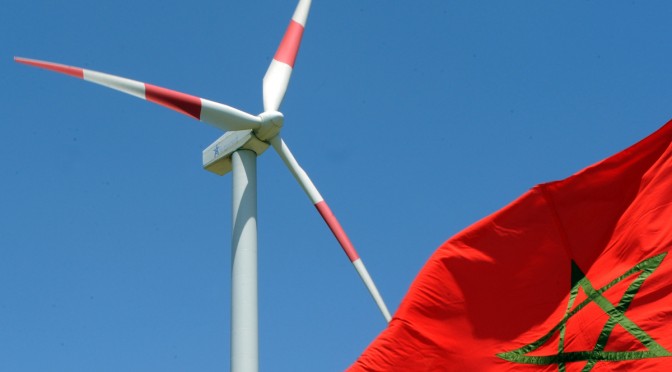Morocco is driven by the fact that it imports almost 94 per cent of its energy requirements and the burden this entails on its economy. At the same time Morocco is endowed by good potential in hydroelectricity in addition to its high solar power and wind energy potential.
The country is aware that it cannot go on relying on imports given that energy consumption is increasing steadily at more 5 per cent a year over the last 10 years.
For all that, Morocco has taken steps to create specialised administrative bodies to legislate the necessary laws and has sought the help of international organisations as well as its Arab brothers to help in its quest to make renewable energy and efficiency improvement a national priority.
Morocco has five rivers (some seasonal) and 13 dams, some of them constructed with loans and grants from Gulf countries. The installed hydroelectric power capacity is 1,700MW in 26 locations, including a 464MW pumped storage generating capacity. The potential is higher and two plants of 175MW and 350MW are expected in 2017 and 2018 respectively.
Morocco has also licensed 75MW of small micro-hydro plants to the private sector. But this is far short of the government target of new 2,000MW by 2020, though the Ministry of Energy seems quite confident to resolve the entire impediment to achieve this.
The solar energy intensity at 6.5kW per square meter per day is quite supportive of solar energy utilisation. A total of 400MW photovoltaic capacity (10 to 30MW each) is under construction or planned.
But the plan calls for 2,000MW of solar electricity by 2020 and last October, the World Bank approved the financing of a $159 million (Dh584 million) concentrated solar power development project (Noor-Ouarzazate), which is planned for 500MW.
Total investment in this sector is estimated at $9 billion, with four other concentrated solar power stations to be constructed as public-private ownership.
With Morocco’s power link to Europe, the day may come to export electricity through the Desertec project in North Africa if it ever goes through. Finally, the Moroccan plan of 2001 calls for the installation of 440,000 solar water heaters and by 2012 there were 235,000 in operation. In 2013, the UAE gave $100 million to support its programme of building solar and wind power plants.
This is reported to be part of a partnership to finance development projects worth more than $5 billion over five years.
Wind speed at a 40 meter height averages 9.5-11 meter per second, quite encouraging to pursue wind energy and in which the country’s onshore potential is estimated at 25,000MW. The plan is to have 6,000MW by 2030.
Ten times as much is the offshore wind power potential, but there are no plans for projects yet.
The current wind capacity is 480MW and 300MW is about to be completed and another 150MW to be awarded. The private sector is constructing 120MW near Tangir. To reach the target of 2000MW by 2020, the authority is studying offers for 850MW now.
Morocco is doing what is necessary to attract investors and contractors to realise this challenging programme of renewable energy in addition to its efficiency improvement targets. For that, it is seeking all opportunities to ease the burden of financing by classifying most projects under the Clean Development Mechanism with the UN.
There is also the Energy Development Fund with a $500 million donation from Saudi Arabia and $300 million from the UAE in addition to the $200 million from the Hassan II Fund for Economic and Social Development. The privatisation of some power stations such as Jorf Lasfar (expanded to 1,400MW) will also help as a model for private investors. The World Bank is also helping to modernise the Moroccan energy system with a loan of $100 billion.
Morocco’s drive into renewables has been described as “understandable and admirable”. It is understandable for the lack of natural resources of fossil fuels while it is admirable for the results that have been achieved so far and for the efforts to strengthen the legal and regulatory framework.
http://gulfnews.com





